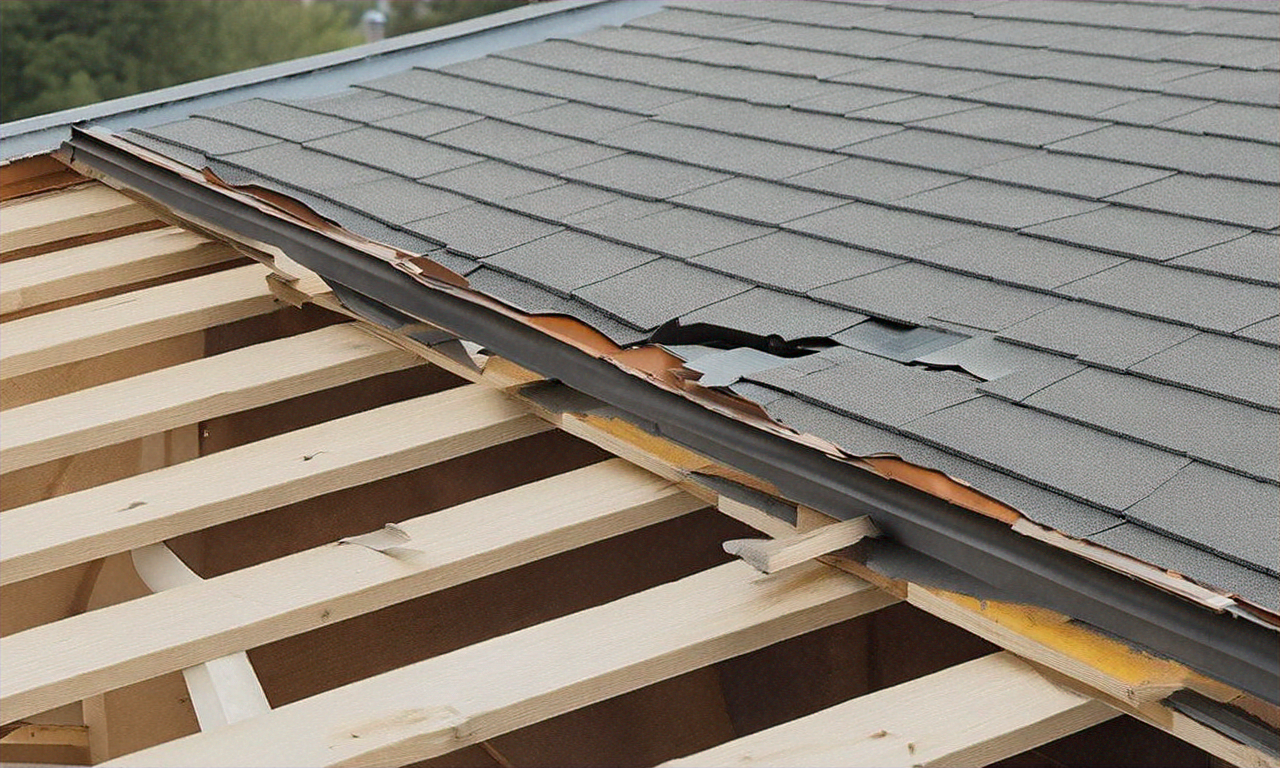The Ultimate Guide to Roof Waterproofing: Protecting Your Home from Above
Roof waterproofing is a critical aspect of home maintenance that often goes overlooked until problems arise. A well-waterproofed roof not only protects your home from water damage but also extends the life of your roofing materials and enhances energy efficiency. This comprehensive guide will explore the importance of roof waterproofing, various methods and materials used, and tips for maintaining a watertight roof to keep your home safe and dry.

What are the common methods of roof waterproofing?
There are several methods used for roof waterproofing, each with its own advantages and suitable applications. One popular method is the application of liquid waterproofing membranes, which can be sprayed or rolled onto the roof surface to create a seamless, flexible barrier against water. Another common approach is the use of sheet membranes, such as EPDM or TPO, which are adhered to the roof surface. For sloped roofs, waterproof underlayments installed beneath shingles or tiles provide an additional layer of protection. In some cases, a combination of these methods may be used to ensure comprehensive waterproofing.
How do you choose the right waterproofing material for your roof?
Selecting the appropriate waterproofing material for your roof depends on several factors, including the roof type, climate, and budget. For flat or low-slope roofs, liquid-applied membranes or sheet membranes are often preferred due to their ability to conform to irregular surfaces and provide seamless coverage. In areas with high UV exposure, materials with reflective properties can help reduce heat absorption and improve energy efficiency. For steep-slope roofs, self-adhering underlayments or rubberized asphalt membranes are commonly used in conjunction with traditional roofing materials like shingles or tiles. It’s essential to consult with a roofing professional to determine the best waterproofing solution for your specific situation.
What are the steps involved in the roof waterproofing process?
The roof waterproofing process typically involves several key steps to ensure a thorough and effective application. First, the roof surface must be thoroughly cleaned and prepared, which may include repairs to existing damage or the removal of old roofing materials. Next, any necessary primer is applied to improve adhesion of the waterproofing material. The chosen waterproofing system is then installed according to manufacturer specifications, which may involve rolling out and adhering membranes, spraying liquid coatings, or applying multiple layers of waterproofing products. Finally, the waterproofing is inspected for proper coverage and any necessary details, such as flashing around vents or chimneys, are addressed to ensure a complete waterproof barrier.
How can you maintain your waterproofed roof for long-lasting protection?
Proper maintenance is crucial for ensuring the longevity and effectiveness of your waterproofed roof. Regular inspections, at least twice a year and after severe weather events, can help identify potential issues before they become major problems. Keep the roof surface clean by removing debris and ensuring proper drainage through gutters and downspouts. Address any signs of damage, such as cracks or blisters in the waterproofing material, promptly to prevent water infiltration. It’s also important to reapply or touch up waterproofing coatings as recommended by the manufacturer, typically every 5-10 years depending on the product and environmental conditions.
What are the costs associated with roof waterproofing?
The cost of roof waterproofing can vary significantly depending on factors such as the size of the roof, the type of waterproofing system chosen, and the complexity of the installation. Here’s a comparison of some common roof waterproofing options:
| Waterproofing Method | Average Cost per Square Foot | Lifespan |
|---|---|---|
| Liquid-applied membrane | $3 - $7 | 10-20 years |
| Sheet membrane (EPDM) | $4 - $8 | 20-30 years |
| Rubberized asphalt | $2 - $4 | 15-25 years |
| Polyurethane foam | $4 - $7 | 20-30 years |
| Silicone coating | $3 - $5 | 10-15 years |
Prices, rates, or cost estimates mentioned in this article are based on the latest available information but may change over time. Independent research is advised before making financial decisions.
It’s important to note that while some waterproofing methods may have a higher upfront cost, they often provide longer-lasting protection and may be more cost-effective in the long run. Additionally, the cost of professional installation should be factored into the overall expense of roof waterproofing.
Investing in proper roof waterproofing is a crucial step in protecting your home from water damage and ensuring the longevity of your roofing system. By understanding the various methods available, choosing the right materials, and maintaining your waterproofed roof, you can safeguard your home against leaks and other water-related issues for years to come. Regular inspections and timely maintenance will help you get the most out of your roof waterproofing investment, keeping your home dry and secure through all seasons.






